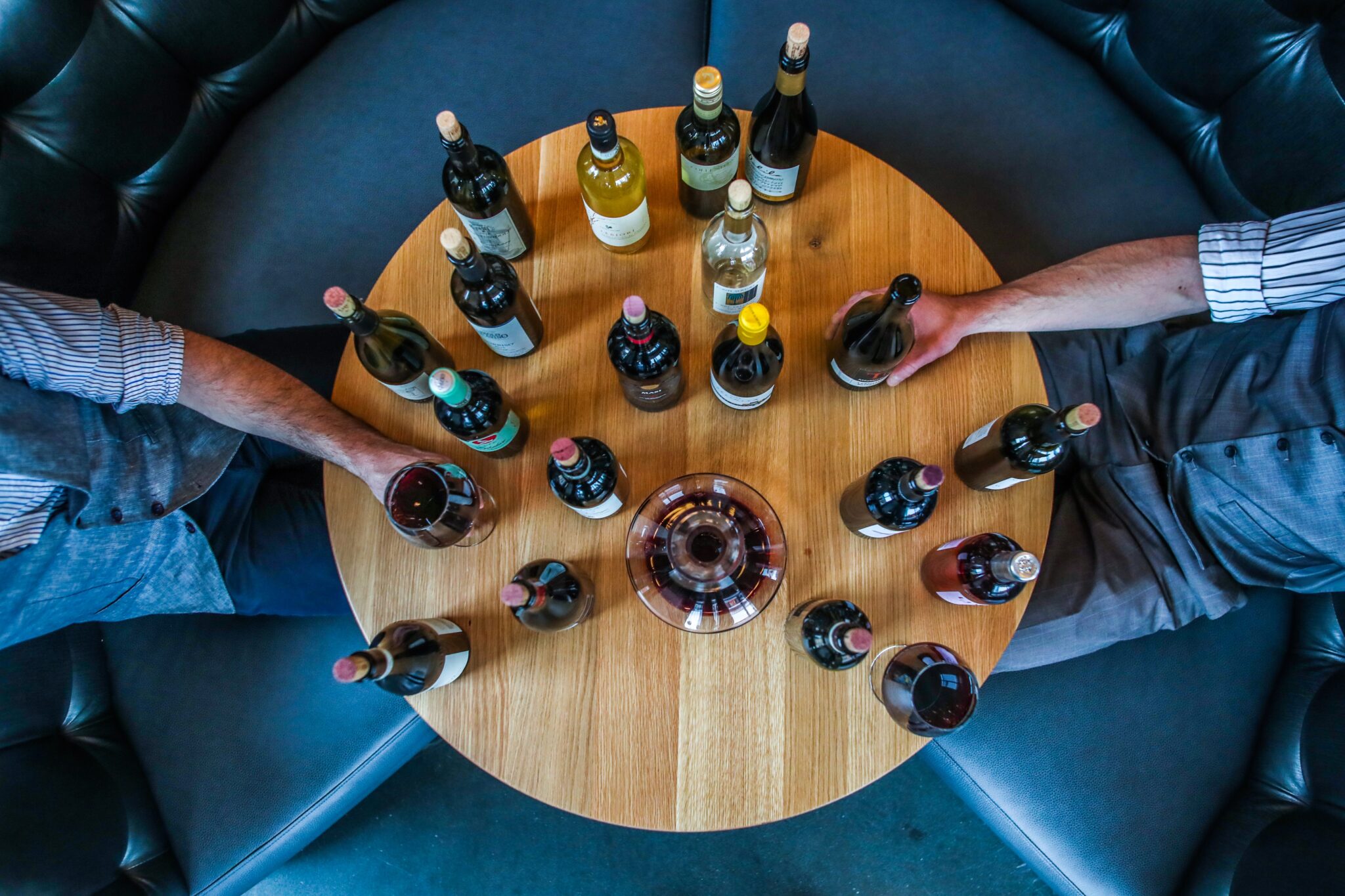After 2020, we thought the worst was over, and maybe it is. But 2021 still brought plenty of challenges—the persistence of COVID, political division, economic unease. Who would have guessed that we’d all be having conversations about supply chains? All of which makes December an excellent time to reflect, to appreciate, to celebrate—and to drink outstanding wines. Whether they cost $15 or $300, here are 31 wines to help you ponder the year gone by—and look forward to 2022.
1. Donum 2018 Three Hills Pinot Noir, $85
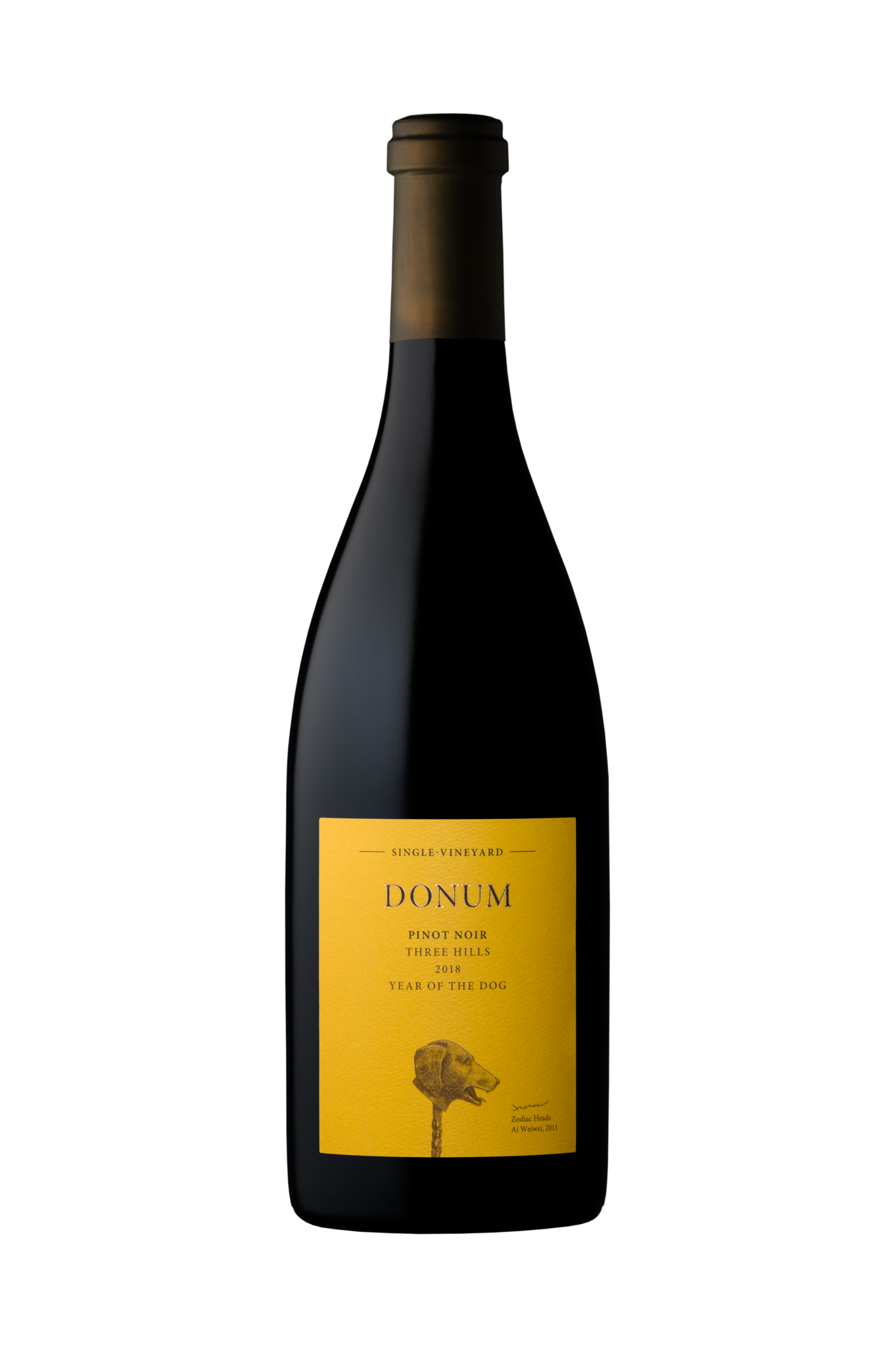
Under founder Anne Moller-Racke, Sonoma’s Donum Estate earned a reputation for crafting elegant, Old World reds, particularly pinot noirs. After about two decades leading Donum, Moller-Racke left in 2018 to focus on another project, Blue Farm Wines. Winemaker Dan Fishman, however, stayed, and Donum continues to make consistently terrific red (and white) wines, like this 2018 pinot noir. Drinkable now, but it’s only going to get better.

2. Grounded by Josh Phelps 2019 Cabernet Sauvignon, $15
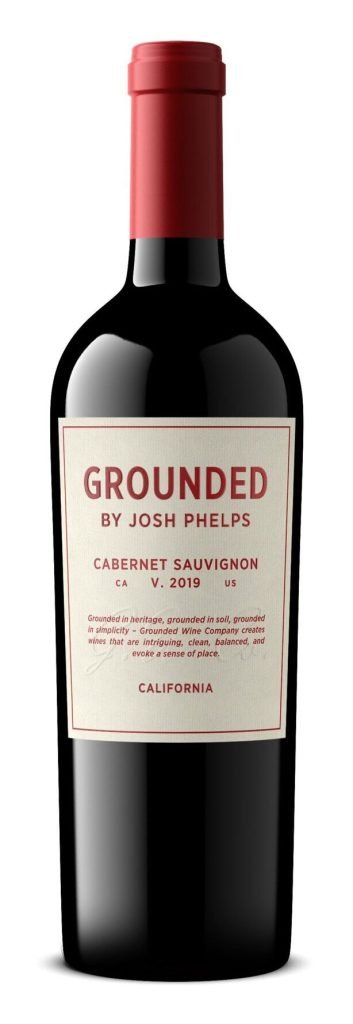
Given the competitive culture of Napa Valley—and the high price of real estate—you could argue that it’s easier to make a very good, very expensive bottle of wine in Napa than it is to make a pretty good, inexpensive bottle there. With his Grounded Wine Co., Josh Phelps, who grew up in Napa, is trying to do the latter, and so far, he’s doing an excellent job. This blend of about 75 percent cabernet sauvignon, about 25 percent merlot and a little cabernet franc would be delicious with either a hamburger or a T-bone—and at $15 a bottle, it’s even better.
3. 2020 Avaline Grenache Blanc, $84 per set
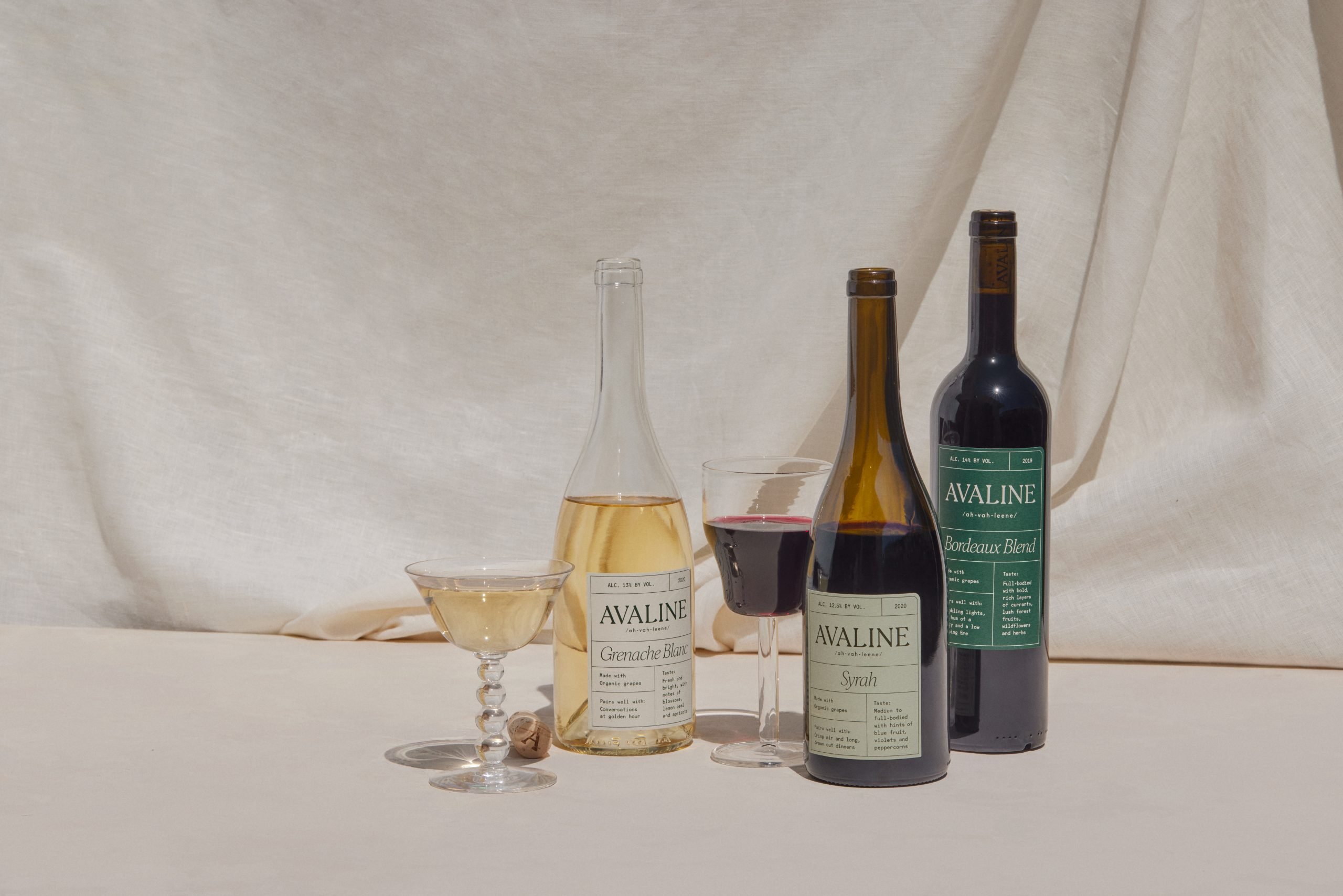
Avaline was founded in 2020 by actress Cameron Diaz and entrepreneur Katherine Power to leverage two trends in the wine world: 1) an emphasis on marketing to women and 2) increasing interest in organic wines. Consumers wanted to know what, other than grapes, was in their wine, Diaz and Powers said when introducing Avaline. (I’m not sure there was much evidence of this, but suggestion can become reality.) Last year I noted that while “Avaline White Wine” told you that it contained organic grapes, it didn’t actually specify which grapes were used to make the wine, which seemed odd for a wine that promoted transparency as a virtue. That said, Avaline White was perfectly good—food-friendly and cheerful.
This year Avaline doubles down: Not only has it released a 2020 Grenache Blanc—it’s no longer just “Avaline White Wine”—but the back of the bottle has a nutrition label telling you how many calories and carbs you’re consuming. Well, why not? Transparency is a good thing. And again, the wine is fresh and drinkable, with hints of apple, peach, pear and lemon. (Avaline still uses the term “clean” to describe its wines; that’s not a technical term, it’s a marketing shtick, which suggests that wines not made by Avaline are “dirty.” Most winemakers would disagree.)

This grenache blanc is part of a three-bottle gift set, along with a syrah and a Bordeaux blend. Are you paying perhaps a little more than you should because of the packaging and celebrity frisson? Possibly. But the wine world has long used these tactics to sell to men at far more egregious levels—hello, cult wines—so let’s call this progress and offer a toast.
4. Dry Farm Wines 2020 Sacrifice, prices vary
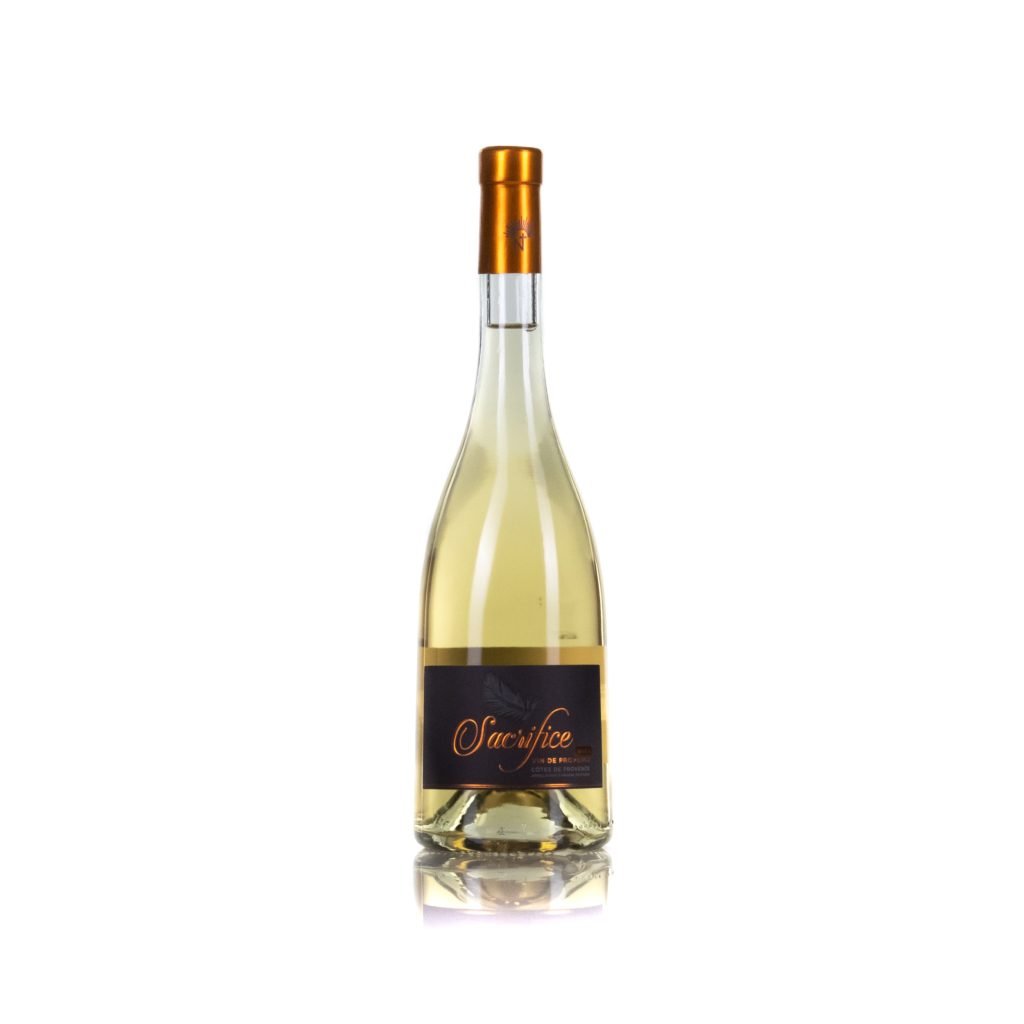
Dry Farm Wines sees Avaline’s talk of “clean” wine and raises it; this new wine club urges you to taste “pure Natural Wine…conveniently curated on a schedule that’s right for you.” The people who work for Dry Farm Wines practice what they preach: “Our Napa team gathers every morning for an hour to meditate,” reads the Dry Farm website. (Call it flextime.) After meditation, these happy workers “practice open gratitude with the group…setting a positive tone for the day.”
It’s easy to make fun of this stuff, and you probably should—a little skepticism is healthy. So I’ll start: First, capitalizing “Natural Wines” does not make them, like, an official thing. It’s a marketing term, and there’s no industry-wide consensus or regulation defining its use.
My hostility to high concept marketing aside, there is plenty to like about Dry Farm Wines. They make wine with grapes sourced from around the world, mostly Europe, such as this 2020 vin de Provence. The grapes are organically grown, and the wines have no added sulfites or sugar. And, of course, they are dry farmed, which means no irrigation, which means saving water. Excellent.
The wines from Dry Farm Wines feel a little expensive–approaching $30 a bottle, depending on your subscription plan—given that you don’t know what you’ll be getting other than type (white, red, rosé, sparkling). And, if you do your own legwork, there are plenty of good organic wines available for under $20. But some people like the element of surprise or don’t have time to do their own research, and that’s fine too. Plus, if you don’t like a wine, Dry Farm offers a “Happiness Promise”—just let them know, and they’ll offer you a refund or a new bottle. So if you’re the kind of person who likes to meditate for an hour before work and then express “open gratitude,” you might be thankful for Dry Farm Wines.
5. Charles Krug—2016 Cabernet Sauvignon Vintage Selection, $119.99
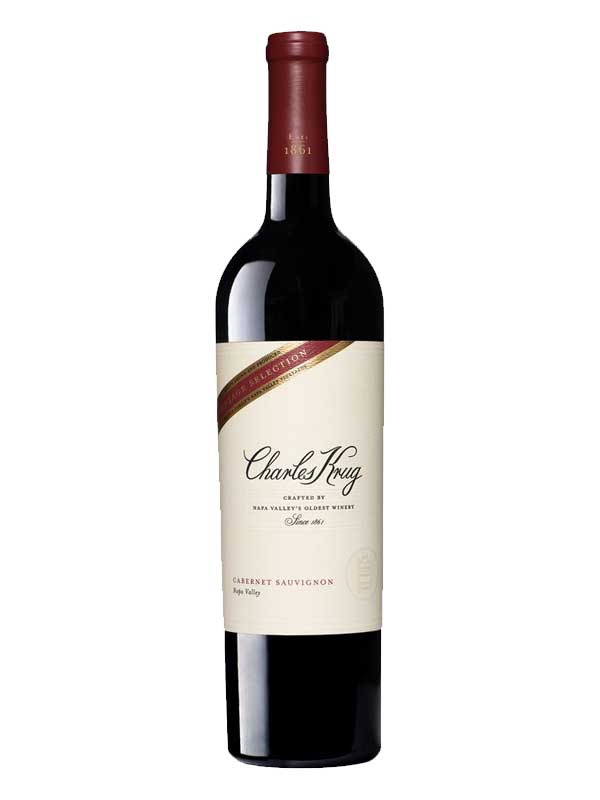
Founded in 1861 and bought by the Mondavi family in 1943, Charles Krug is one of Napa’s most storied wineries, and the Charles Krug Vintage Selection wines are really an homage to the winery’s remarkable past. (In this country, its age alone makes it remarkable; the caliber of its wines makes it more so.) These cabernets are paradigmatic examples of outstanding Napa winemaking—as the New York Times put it about five years ago, they are “big, well-structured, elegant wines that achieved classic status.” Well said—and true. But though the classic label can be intimidating, this cabernet is absolutely drinkable now, or worth cellaring if you can wait.
6. Ehlers Estate—2020 Sauvignon Blanc, $36

Under the direction of new-ish winemaker Laura Diaz Munoz, Ehlers Estate, which has long made very fine wines but rather quietly so, feels like it has new energy. You can taste it in this 2020 sauvignon blanc, despite the fact that the fires of that year made winemaking a particular challenge. Like a Willie Wonka candy, the taste of this white reveals itself in layers—the longer you hold it in your mouth, the more you taste the pear, the vanilla bean, the hint of apricot. Lovely.
7. McBride Sisters Collection Black Girl Magic 2020 California Riesling, $19.99

Born to different mothers, Robin and Andréa McBride met for the first time as adults and discovered that one of the numerous things they had in common was a passion for wine. McBride Sisters Collection was the result. As pioneering women of color in the wine field, the McBrides make accessible, affordable wines targeted at female consumers. But “affordable” isn’t a euphemism for so-so—far from it. This well balanced and complex 2020 riesling tastes of honey, apricot, jasmine and pineapple.
8. Lail Vineyards—Georgia—2019 Sauvignon Blanc, $160

Robin Lail, founder and owner of Lail Vineyards, is one of the legends of Napa Valley; her great-granduncle founded Inglenook Vineyards, which is where young Robin grew up. After beginning her own career in wine as an assistant to Robert Mondavi, she launched Lail Vineyards in 1995. Lail doesn’t make huge amounts of wine, but all of its varietals are marked by ambition, nuance and excellence. This sauvignon blanc is an superb example. Its price might startle those who are used to paying far less for a white wine or don’t realize just how ambitious a white can be, but its depth and complexity will reward those who make the leap.
9. Shafer 2019 Red Shoulder Ranch Chardonnay, $52
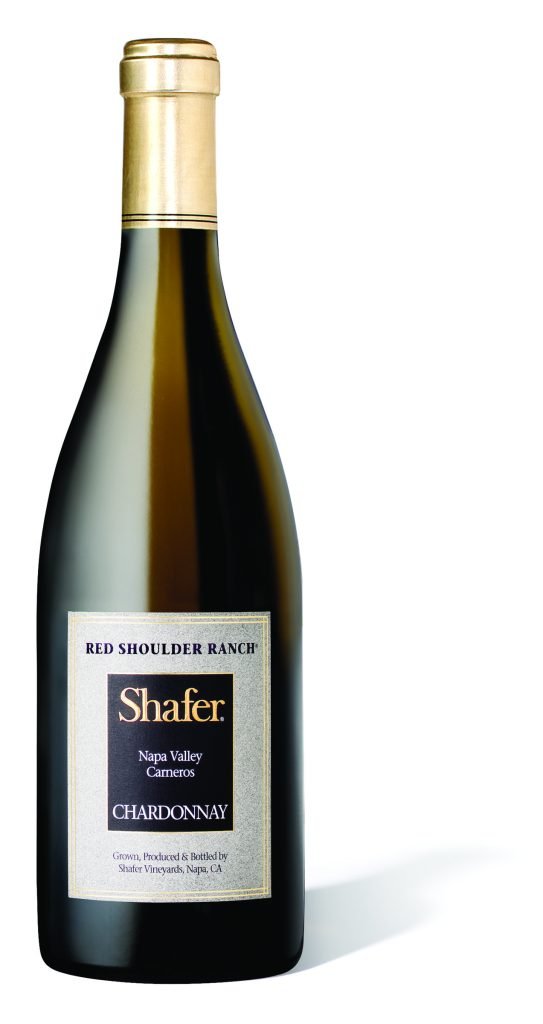
Shafer is so well-known for its exquisite reds that it’s possible to forget that this family-owned Napa winery also makes a chardonnay. The good news is that this chardonnay, made from grapes grown in a Carneros vineyard, holds its own comfortably amidst Shafer’s powerhouse lineup of reds. Textured, creamy, balanced, it’s a great example of how a white wine can be just as sophisticated and rewarding as a cabernet sauvignon or a pinot noir. This chardonnay might seem expensive for a white…but only until you try it.
10. Memento Mori—2018 Cabernet Sauvignon, $274.99

Speaking of marketing wines to men (cf. “Avaline, not”), meet Memento Mori, a boutique winery in Napa Valley. Founded by three former roommates and friends who began careers outside of the wine world, Memento Mori isn’t trying to appeal to everyone: The phrase typically refers to an artistic representation of the inevitability of death, and, appropriately, this wine comes in a box decorated with skeletons. The founders, however, translate the phrase as “Remember to Live,” the implication being that one should not wait to drink great (and expensive) wine, which is certainly hard to argue. And on this promise, Memento Mori delivers: Blended with grapes from some of Napa’s most renowned vineyards, this is a big but mature cabernet, with lots of dark fruit, cassis, black tea and spices. It’s balanced enough to drink now, but if you do want to wait a bit, a few years in the cellar would work nicely.
11. Trothe—2018 Cabernet Sauvignon, $190
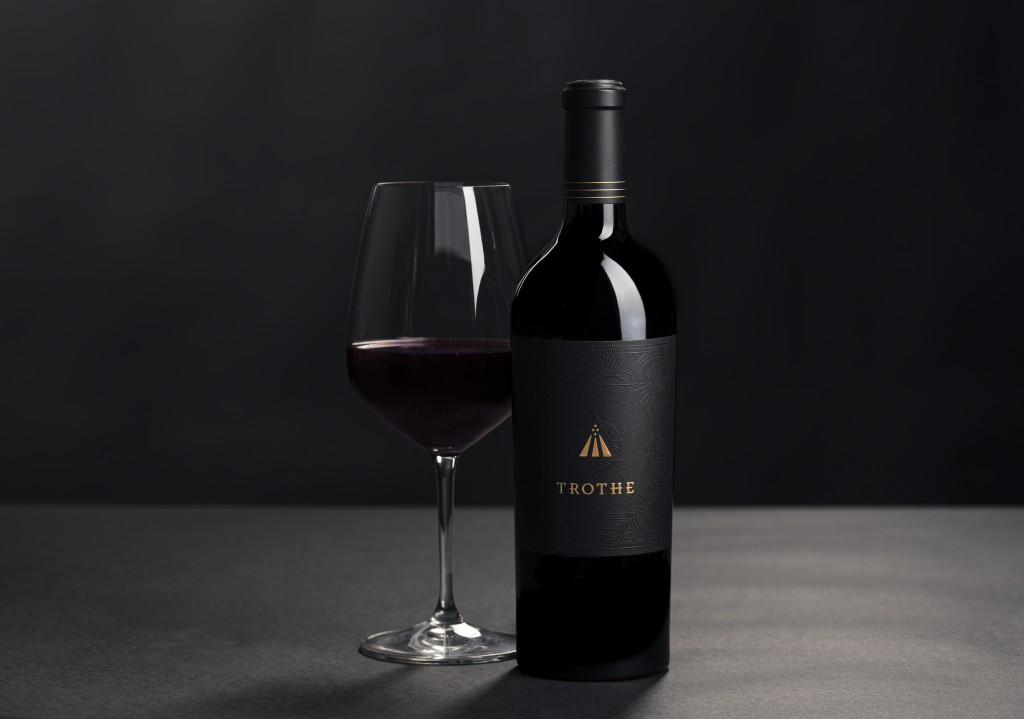
Winemakers often speak of making wine that reflects a sense of place, and there’s certainly a lot to the idea that you shouldn’t force a wine from a site where its grapes don’t grow well, and that wine should embody a sense, a flavor, of the terroir that gave birth to it. But for the wine consumer, this is a tricky thing; how are we to possibly connect wine with place, and have it enhance the pleasure of drinking it?
Rarely have I tasted a wine that so instantly transported me to a three-dimensional place as the Trothe 2018 Cabernet Sauvignon did. Trothe is a product of the Andrews Family Vineyards, from grapes grown on land that the Andrews family has farmed for several generations. The vineyards are located in Washington state’s Horse Heaven Hills, an AVA (American viticultural area) in southeastern Washington about a three-and-a-half-hour drive from Seattle or Portland, Ore.—one reason why the vineyard isn’t better known. The Horse Heaven Hills are a dramatic landscape—if you look at the AVA on a map, you’ll see a swatch of brown surrounded by green. There’s a lot of sun and a lot of wind—both good for growing robust, hearty grapes, but both challenging in their own way.
The Trothe 2018 Cabernet Sauvignon isn’t challenging to drink, but it’s complex. You’ll find the rich cherry, blackberry and raspberry flavors you might expect from a good cab, nicely layered and revealing themselves gradually, but there’s another quality that I found hard to put my finger on—a sort of earthy wildness that made me think of open skies and rugged hills. It’ll be exciting to taste this wine in five years, or 10.
This is Trothe’s first vintage, and it’s available by membership only.
12. 19 Crimes 2020 Cali Rosé, $13.99
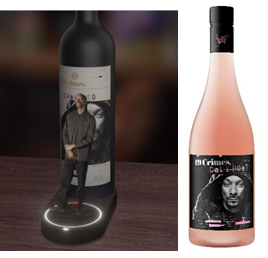
19 Crimes is a label in more ways than one. First, it’s a series of wines under the umbrella of Treasury Wine Estates, a massive Australian wine company. The name refers to the list of crimes for which convicts, starting in 1787, could be exiled from Great Britain to the remote and dangerous land of Australia. As such, most of the bottle labels feature exiled criminals from the time. Two that don’t are a red and this rosé branded by hip-hop artist Snoop Dogg. 19 Crimes Cali Rosé also touts its “Living Wine Labels.” In this case, download the app, scan the label with your phone’s camera, and up pops Snoop Dogg saying things like “Let’s make a toast to success and nothing less.” It’s not the most powerful use of technology I’ve ever seen.
All that whiz-bang marketing can almost make you forget about the wine itself, which may be the point. This rosé looks a bit like cranberry juice—the fire-engine red of Ocean Spray—and it tastes sort of like cherry and strawberry soda. That said, if Snoop Dogg can sell wine to people who wouldn’t otherwise drink it—because if you did drink much wine, I don’t think you’d drink this one—that’s not a bad thing. So think of this bottle as a gift for your twenty-something niece or nephew who loves hip hop and hard seltzer. It’s a start.
13. Realm Cellars 2017 Moonracer, $300
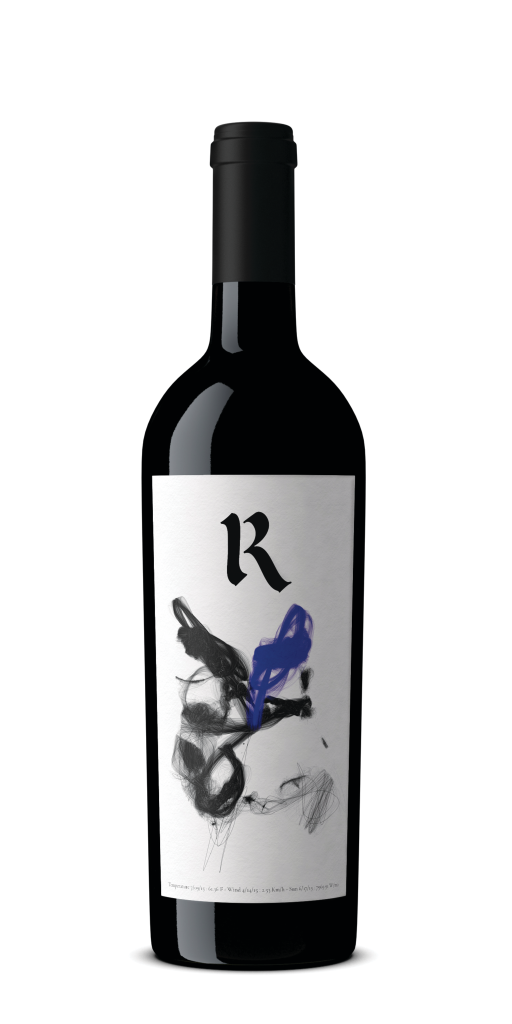
After serving in the Air Force for five years after 9/11, Scott Becker left the military, got a business degree at Harvard and headed west to work in the wine world. He was fortunate enough to find jobs with Napa icons Jack Cakebread and Bill Harlan, and then, in 2011, scraped up enough cash to buy Realm, a small and respected winery that struggled with financial management. For the first years, things were touch and go; making payroll wasn’t always easy. But Becker and winemaker Benoit Touquette focused on making outstanding wine, and Realm turned a corner in 2015 when the Wine Advocate’s Robert Parker gave three of their 2013 bottles scores of 100.
The critical buzz around Realm has continued since then, and this 2017 cabernet—named after a nighttime foot race that was apparently a custom of the area’s indigenous Wappo Native Americans—shows why. It’s a blend of cabernet sauvignon, merlot, cab franc and petit verdot that offers a deep, structured feel and tastes of dark berries, leather, tobacco, spices and chocolate. If you’re impatient, drink it now, but if you have something to celebrate in 20 years, this wine will be worth the wait.
14. Gorghi Tondi 2020 Rajah, about $15

Zibibbo, the grape from which this Italian wine is made, might be the oldest grape that wine drinkers don’t know; it’s said to date back to ancient Egypt before making its way to northern Africa, Spain, Greece and especially Sicily, whose impressive wines are starting to gain traction in the United States. It’s an aromatic grape that typically offers scents of honey, apricot, almonds and citrus, particularly orange. Zibibbo is often used to make dessert wine that you might drink with, say, a pastry, but this 2020 Rajah is a dry white with flavors of orange, jasmine and apricots. It would go well with salads, white fish, cheese and perhaps a spicy food—Vietnamese, maybe. If you don’t know the grape, or the wines of Sicily, this is a great bottle with which to start.
15. Aperture 2019 Bordeaux Red Blend, $55

At Sonoma’s Aperture, winemaker Jesse Katz has been making ambitious, interesting Bordeaux-style wines since he and his father, photographer Jesse Katz (his images grace Aperture’s labels), since its founding in 2009. Bordeaux-style typically refers to a blend of red grapes including cabernet sauvignon, cabernet franc, petit verdot, merlot and malbec. Typically, cabernet sauvignon makes up most of the blend, but in this wine, Katz uses malbec and merlot for about 75 percent. The result is a red wine that’s sophisticated, elegant and a sign of the pleasure Katz takes in mashing up the Old World and the New.
16. Cakebread—2018 Cabernet Franc, $60

As its many devotees will attest, Cakebread has a well-earned reputation for making ambitious but accessible wine, particularly chardonnay and cabernet sauvignon. It’s a widely popular brand that has never compromised its quality. So when Cakebread offers a new varietal, that’s something to flag. This year, Cakebread introduced a delicious 2018 Cabernet Franc, with grapes hand-harvested at night—the cooler temperatures are said to concentrate scents and flavors. It tastes of dried herbs and dark berries, and it’s an excellent addition to the Cakebread lineup.
17. Beeslaar 2018 Pinotage, around $50-$60

And now for something completely different: pinotage, a grape that many wine drinkers don’t know. That’s partly because it’s mostly grown in South Africa, and partly because there was once a time when wine made from pinotage grapes could be distinctively bad—you might get hints of paint or nail polish remover. And, really, who wants to drink that?
But in recent years, pinotage producers have raised their game, and if you haven’t yet tried pinotage—or if you once tried it and swore never again—now is the time to give this once maligned grape a chance. This Beeslaar 2018 Pinotage is a great place to start: You’ll taste dark fruits and tobacco, perhaps some plum and chocolate. It’s a big wine that pairs well with beef and spicy food. And if you can wait a few years, it’s going to get even better.
18. Quinta do Crasto 2016 Reserva Vinhas Velhas Red (Douro), $43.99

The Douro Valley in Portugal, where Quinta do Crasto makes its wines, was once best known as a producer of port, but in recent years has turned its attention to making table wines, particularly reds. This bottle is a blend of 30 grapes, many of which are the same as those used in making port. Not surprisingly, the taste of a douro red can be reminiscent of port, without that wine’s sweetness and fortification (the addition of a distilled spirit to increase a wine’s alcohol content). This wine, a bit more expensive than the mean for Douro reds, is made with grapes from “vinhas velhas,” or old vines—around 70 years old, in this case. That tends to translate into a lower yield of grapes that leads to complex, elegant wine—very much the case here.
19. Lavinea Temperance Hill Vineyard 2018 Pinot Noir, $75
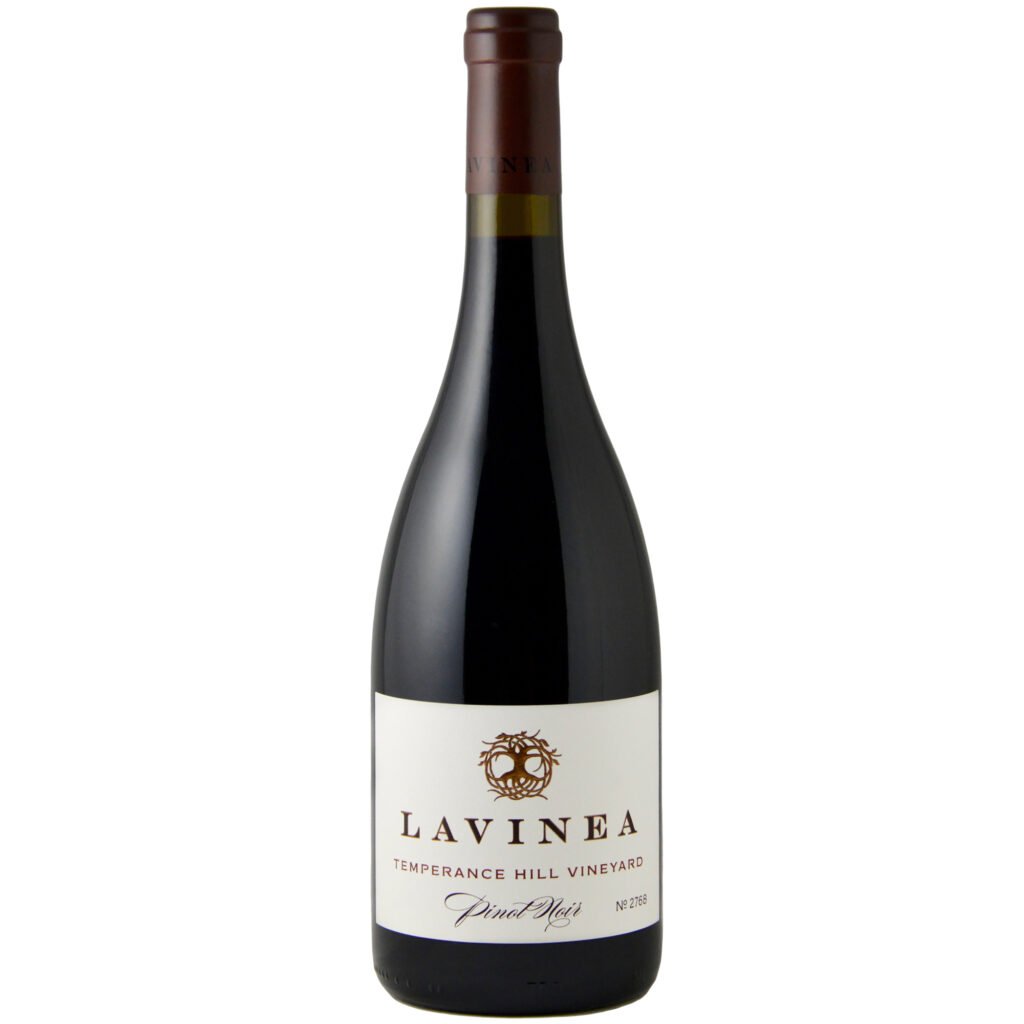
Founded in 2014, Oregon’s Lavinea has been rapidly building an impressive reputation for its wines, even among the highly competitive Willamette Valley winemaking scene. This pinot noir from winemaker Isabelle Meunier shows how quickly Lavinea has hit its stride. One reason: Its grapes come from the Temperance Hill vineyard, one of five vineyards where Lavinea grows grapes, known for its elevation and cool temperatures, which lead to robust grapes that make enduringly good wine.
20. Spoto Family Wines 2017 Robin Zander Surrender, from $350 for two bottles
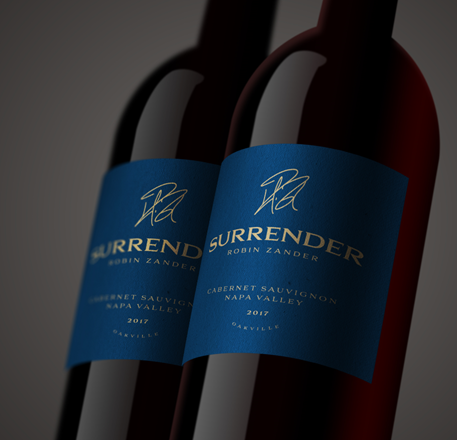
Those of you who remember the band Cheap Trick—think 1978’s Live from Budokan—might be surprised to know that the band is still touring. You might also be surprised to know that lead singer Robin Zander is a wine connoisseur who has partnered with Napa’s Spoto Family Wines to make a wine called “Surrender.” You know the Cheap Trick song of the same name: “Mommy’s alright! Daddy’s alright! They just seem a little weird…”
Surrender the wine is a big Napa red, a blend of 88 percent cabernet sauvignon, five percent cabernet franc, five percent merlot and two percent malbec. It will, Zander says, “rock your world.” It will also raise money for animal protection group Save the Elephants, to which Spoto and Zander are donating proceeds. But if you want to raise a glass in appreciation for all the rock ‘n’ roll memories, do it quickly; Spoto only made 25 cases of Surrender.
21. Hestan Vineyards—2016 Stephanie Cabernet Sauvignon, $60
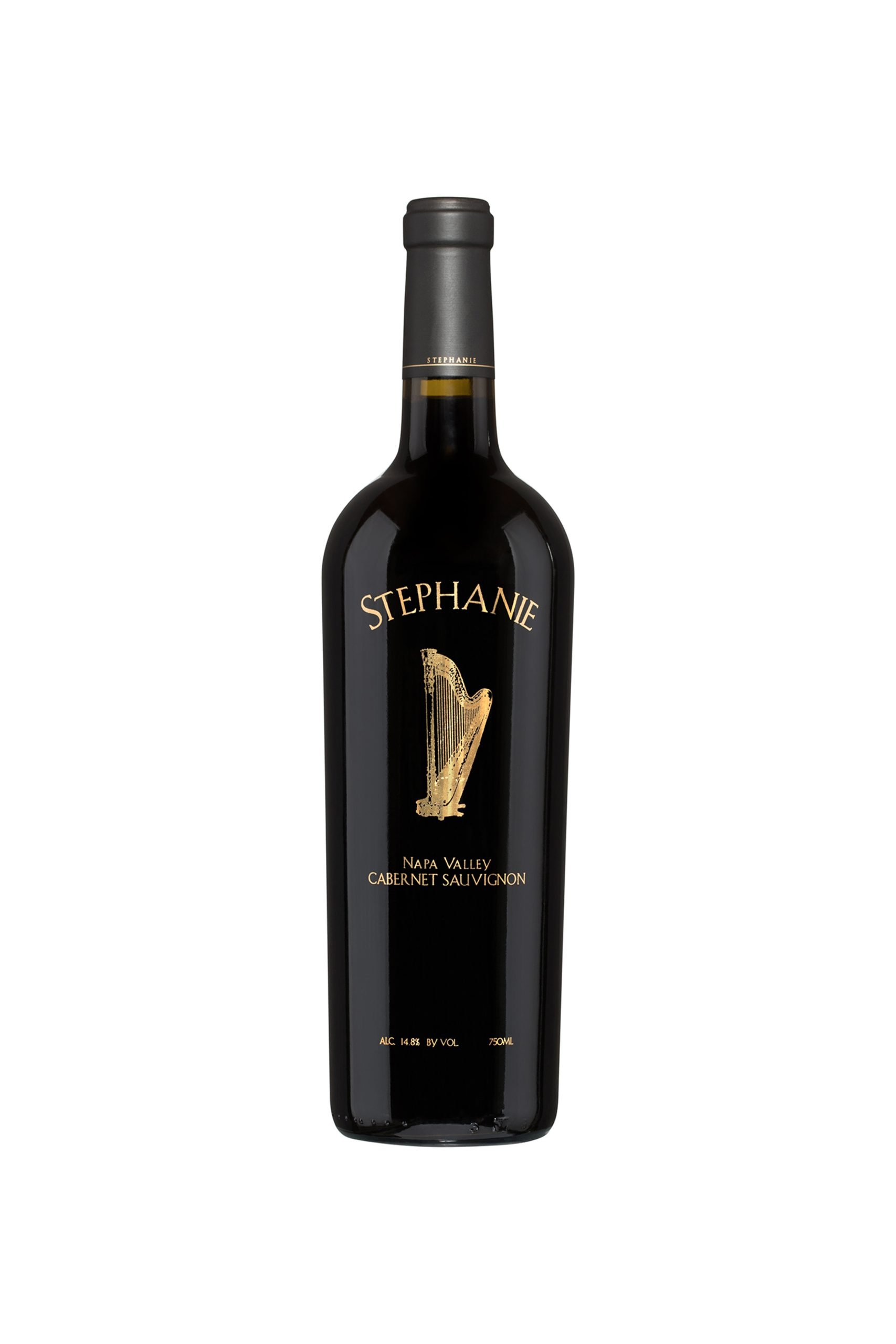
A little more than eight years ago, I traveled to Napa Valley for a conference. While there, I received an invitation from Helen and Stanley Cheng, the founders and owners of Hestan (“Hel” plus “Stan”) Vineyards, to come for dinner at their home on the Hestan estate. The Chengs were unfazed about the fact that my wife and I would be accompanied by our 11-month-old child. So while my son wobbled like a little wrecking ball through the Cheng’s home, Stanley grilled a steak on his Big Green Egg and talked of how, as an engineer from Hong Kong, he had built a cookware conglomerate through innovations in nonstick materials, then bought the land, a former cattle ranch, for what would become Hestan in 1996. Stanley was understated and impressive, but modest; he and Helen couldn’t have been more gracious hosts.
The same, I think, could be said of their wines—impressive but approachable. And family-oriented: This cabernet is named after their daughter Stephanie. It’s mostly cabernet sauvignon grapes with smaller amounts of merlot, malbec, petite verdot and cabernet franc. The result is a complex red that tastes of dark fruits, spices and perhaps a little tobacco. The 2015 Stephanie doesn’t need to shout its virtues; they reveal themselves.
22. Benovia 2018 Cabernet Sauvignon, Oakville, $125

I’m a fan of Benovia, whose owners, Mary Dewane and Joe Anderson are unpretentious, generous people who are deeply passionate about wine. (A percentage of the sales of several Benovia wines go to aid veterans and hunger relief.) It also helps that they make outstanding wine: Winemaker Mike Sullivan has earned a reputation for crafting sophisticated, high-quality wines, particularly pinot noirs and grenaches, that evoke the Russian River Valley from which they hail. This year Benovia is, for the first time, releasing two cabernet sauvignons. Both are excellent, but perhaps start with this single-vineyard bottling from a parcel at the crossroads of the Silverado Trail and Skellenger Lane in Napa. It’s ripe with flavors of berries, cassis and dark chocolate. ($125, benoviawinery.com)
23. Open Claim Vineyards 2018 Chardonnay, by membership only
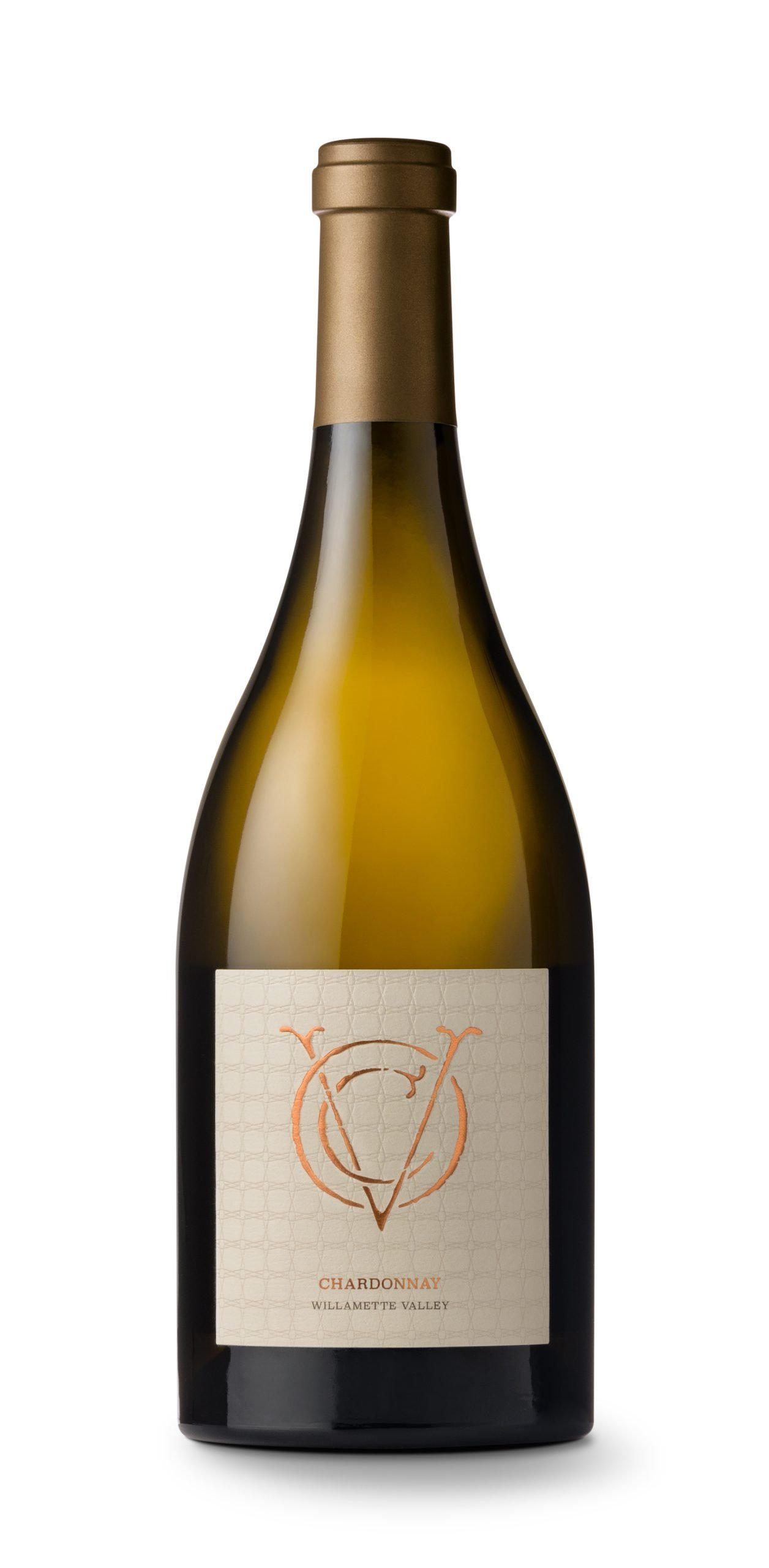
This boutique winemaker near Dallas, Ore. isn’t particularly well-known now, but at the rate it’s going, it will be. Founded in 2012 by Marnie and Brett Wall—Marnie’s family owned the land; Brett is a senior executive at medical technology company Medtronic—the vineyard began by selling grapes to other Oregon winemakers. After bringing on respected winemaker Tony Rynders, Open Claim began selling a chardonnay and a pinot noir in 2018. So far, so good. This well-balanced chardonnay has notes of lime, sweet grapefruit, peach and lemon zest.
24. Trapiche 2017 Gran Medalla Malbec, $35
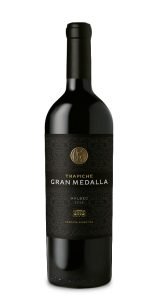
Trapiche is one of the oldest winemakers in Argentina, and the country’s leading exporter of wine. So for those who like malbec—the grape that really originated in France but was popularized by Argentina—this is an excellent choice. Full of notes of cherries, plums and blackberries, even some vanilla and coconut, this is an excellent example of a well-made malbec. It will likely be even better after a couple of years in the cellar.
25. Adaptation 2018 Cabernet Sauvignon, $77.95

The Plumpjack Collection of Wineries, which consists of wines from Plumpjack, Odette, Cade and 13th Vineyard, sets such a consistently high standard for its wines that any new release is something to welcome. Adaptation, which was previously only offered to wine club members, is something a little different for Plumpjack, which largely offers estate wines. Made by Odette winemaker Jeff Owens, it’s a blend of grapes from five Napa growers—80 percent cabernet sauvignon, 18 percent merlot, and two percent petite syrah. The result is a serious red wine that also allows Plumpjack to be a little more experimental, to try something new. (Plumpjack recommends either “taking it along on a camping adventure” or “pairing it with your Michelin-starred meal.”) In other words, this is a very good wine, which you can age for a decade if you’d like. But maybe you should just drink it now.
26. Et Fille 2017 Maresh Vineyard Pinot Noir, $54
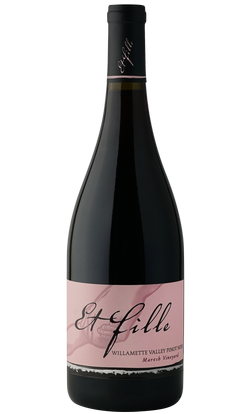
Winemaking is often a family business because it’s a good business to be in and because it’s easy to fall in love with wine. European wineries have often been owned by the same family for centuries. Here in the United States, it’s typically more like a generation or three. That’s the case for Et Fille—French for “and daughter”—an Oregon winery founded in 2003 by software engineer Howard Mozeico and his daughter Jessica. They worked together until Howard died unexpectedly in 2017. Jessica continued making the excellent pinots for which the father and daughter were becoming known. This one is sourced with grapes from Oregon’s renowned Maresh (pronounced “marsh”) Vineyard, where the Maresh family has been growing grapes for about half a century.
27. Pride Mountain Vineyards 2019 Merlot, $64
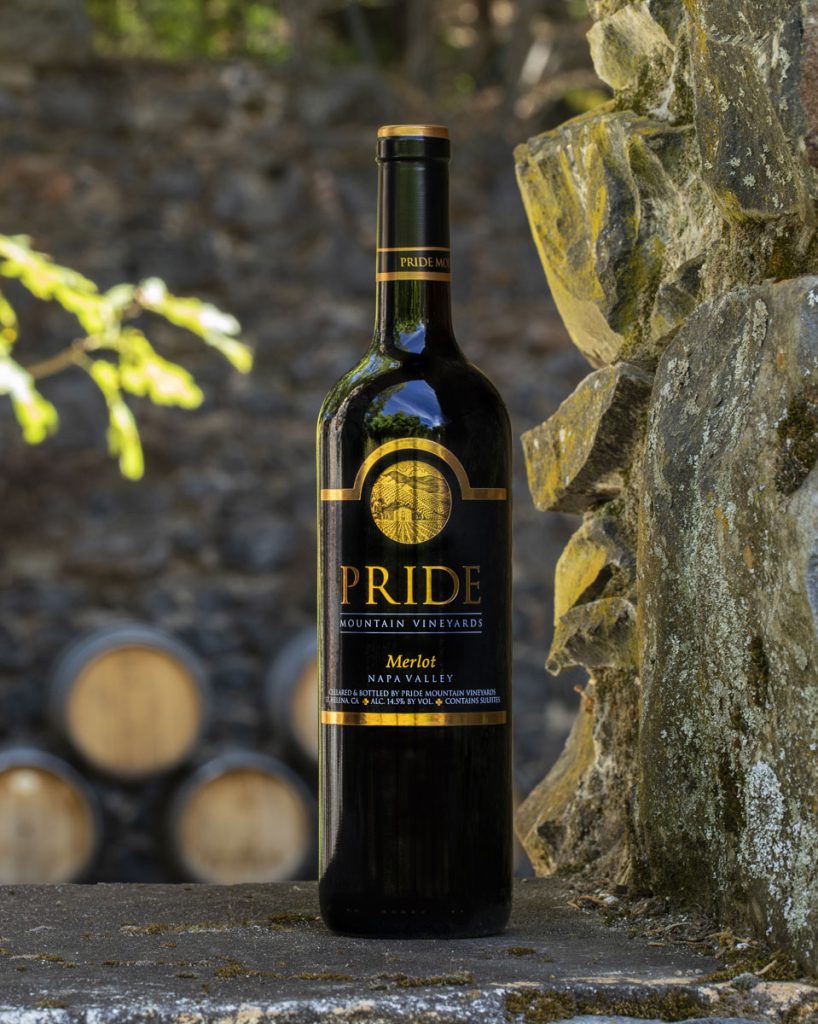
It’s been almost 20 years since the wine-centric movie Sideways came out, and merlot still hasn’t recovered from the bashing it took in the film. Sure, it’s widely used as a blend with cabernet sauvignon, reducing the acidity of the cabernet, but far less frequently do you see merlot as a stand-alone. That’s too bad because it’s entirely possible to make ambitious, excellent wines with it—in recent years, Stags Leap and Shafer have. Sonoma’s Pride Mountain is another that hasn’t shied away from the grape, and we are better for it. This one has delicious notes of red and black fruit, caramel and licorice. Let the healing begin.
28. Pegasus Bay 2019 Pinot Noir, $54

Most Americans know New Zealand as the land of bright, lemony sauvignon blanc, but the country’s wine industry is also known for excellent pinot noirs, chardonnays and rieslings. Pegasus Bay, in the Waipara Valley, not far from Christchurch, has been making wines for about 35 years; they’re widely known in New Zealand, less so here. But their wine is too good for them to be under the radar for much longer. This one begins with a nose of red fruit, pepper and clove, followed by notes of cinnamon, cassis and spice. ($54, pegasusbay.com)
29. Bella Union 2018 Cabernet Sauvignon, Rutherford, $185
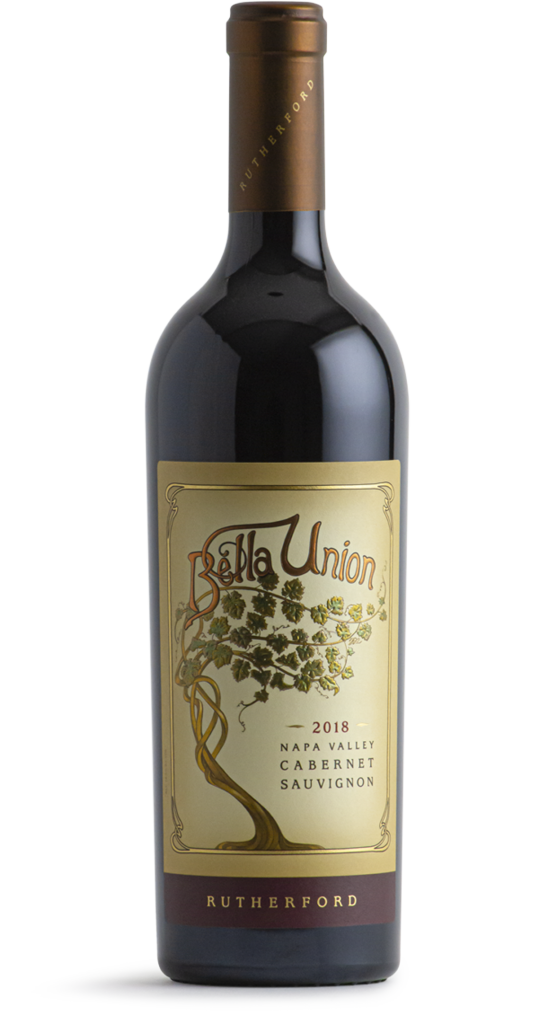
Bella Union is part of a wine group that includes, among others, Far Niente and Nickel & Nickel—important brands in their own right. Based in the small and renowned Rutherford AVA, Bella Union launched its first Napa cab with the 2012 vintage and has been building its reputation since. This wine is one of their finest, with notes of blackberry, raspberry and leather and undertones of cocoa and spice.
30. Joseph Phelps 2018 Insignia, $315
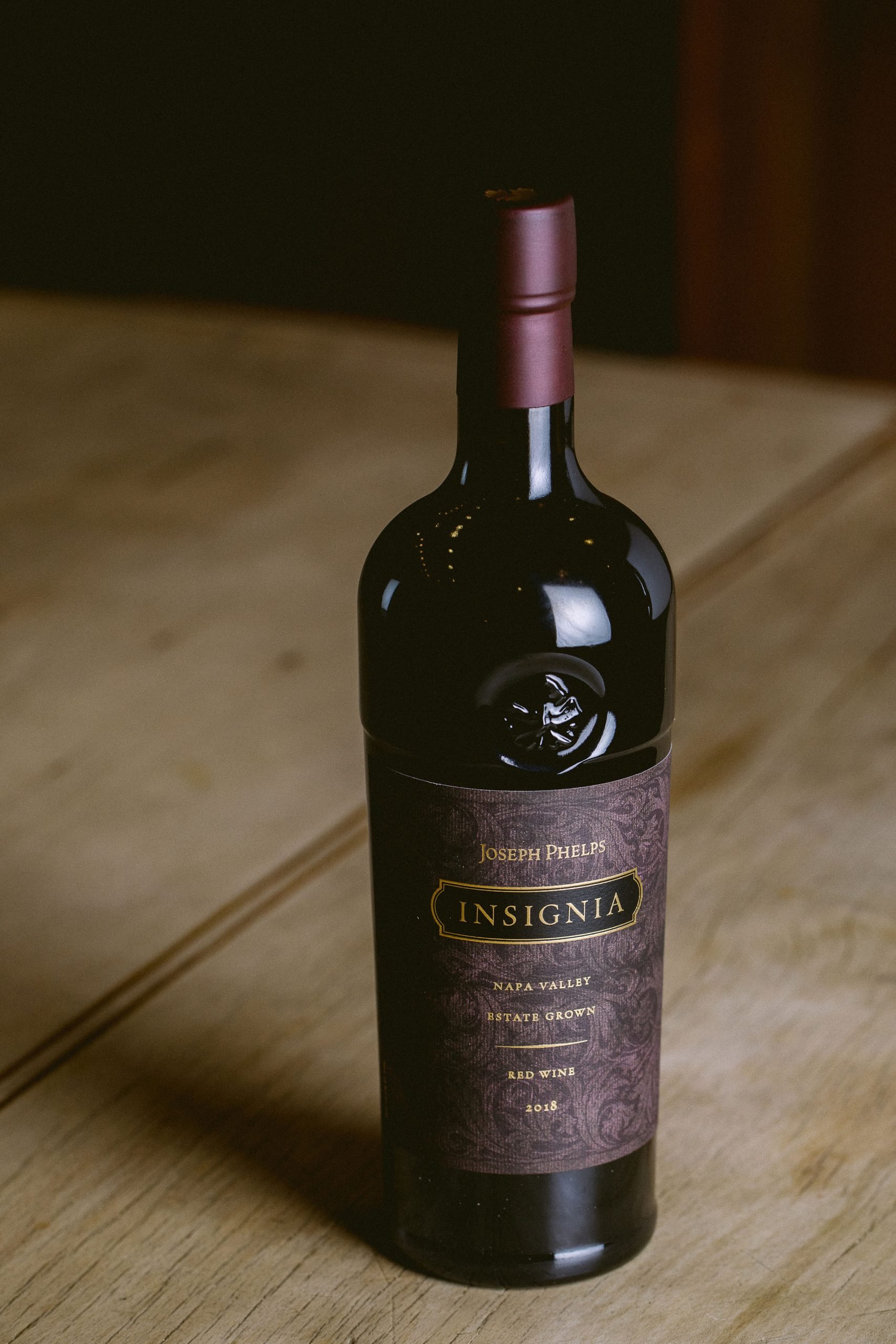
With the year coming to a close, isn’t it time to drink the big ones? Joseph Phelps Insignia is one of those epic cabernets that just seems to define the height of Napa excellence, and the 2018 vintage has added to the wine’s reputation. There is so much at play here that it’s almost hard to describe, but think notes of blackberry, plum, currant, mocha and cherry. (Reviewers detect quite a bit more.) You could age this powerhouse wine for a decade or more to great effect, but…maybe you should just drink it now. It’s been quite a year—you’ve earned it.
31. Nyetimber Blanc de Blanc, £46
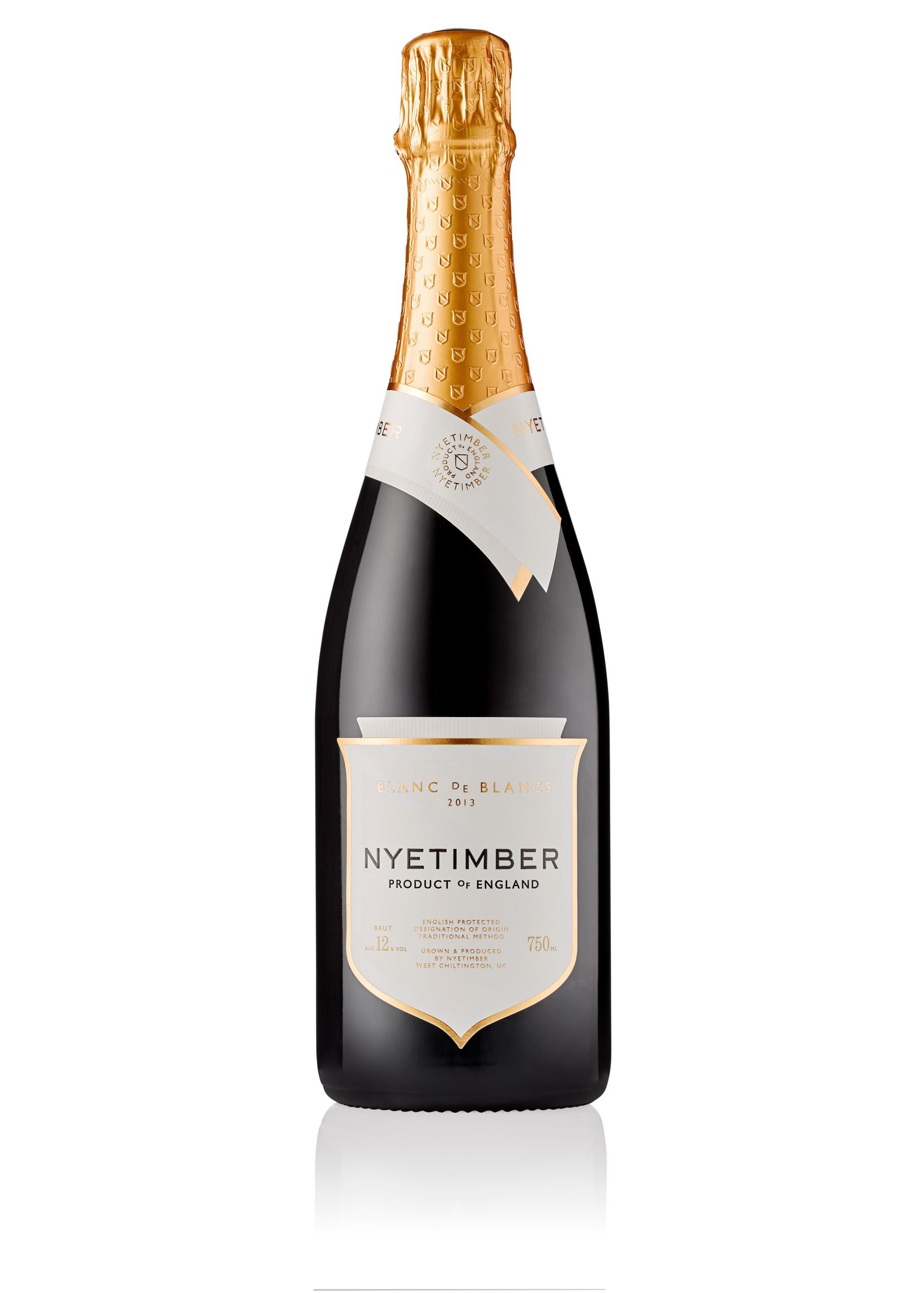
You have to love the story of Nyetimber—founded in 1986 by Stuart and Sandy Hill, an American couple from Chicago who made a fortune in medical equipment and decided that what they really wanted to do is make sparkling wine…in England. Despite skepticism both at home and abroad, they planted chardonnay, pinot noir and pinot meunier—one of the varietals used to make champagne—and began to make more than creditable sparkling wine.
Nyetimber was bought in 2006 by Dutch businessman Eric Heerema, who expanded the acreage and hired winemakers Cherie Spriggs and Brad Geatrix. The wine got even better, and American consumers have begun to accept the idea that sparkling wine can come from somewhere other than France, Italy or California. I particularly liked the blanc de blanc, with a bright citrus flavor, some vanilla and a hint of brioche. Don’t save this for a toast—drink it with a white fish, salads and poultry. If you want to get beyond the usual suspects on New Year’s Eve, this is an excellent choice.

